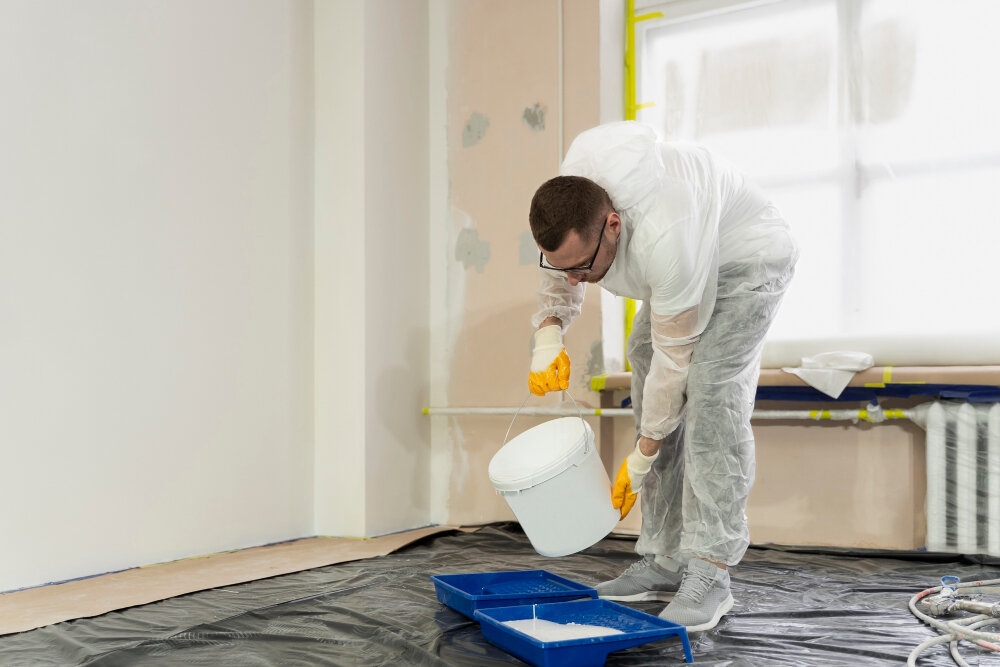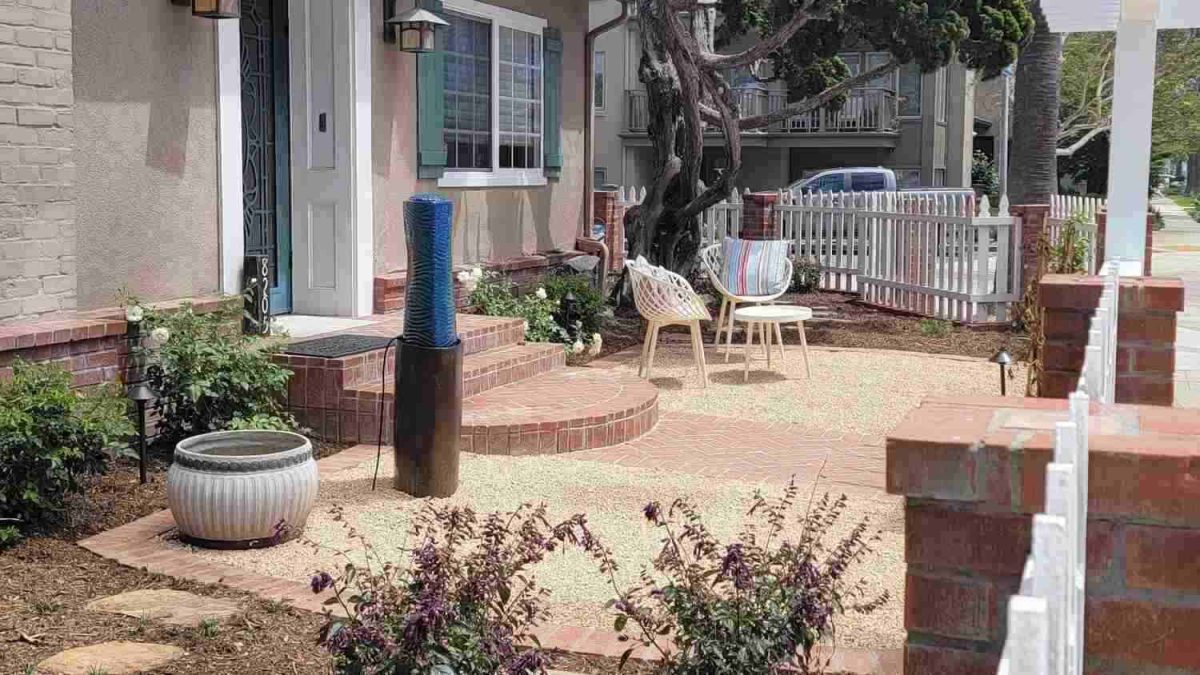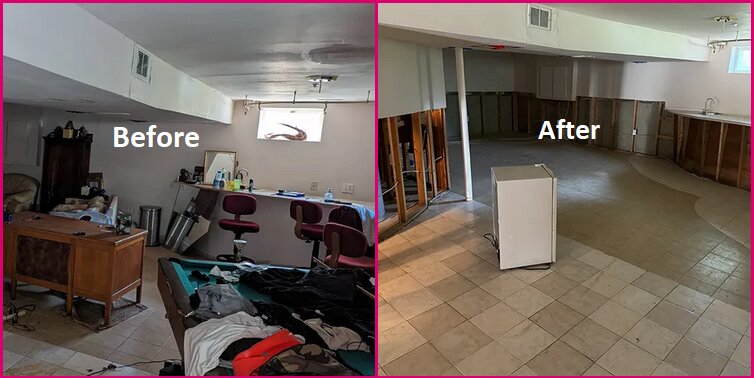
Do Homes Shape Who We Are, or Do We Shape Them? And How It Feels
Homes aren’t just walls or floors. They quietly tell stories. They hold the sound of footsteps long gone, coffee spilled in a rush, laughter that lingers in corners far longer than expected.
Sometimes they act like mirrors, reflecting moods, energy, even the rhythm of life inside them. Other times, they push back, nudging behavior, shaping habits, quietly insisting that life bends to the space it occupies.
They notice the small things, the chair left crooked, a rug slightly off, a window opened or closed, and they respond, gently, subtly, like a companion more than a structure.
The Subtle Influence
Homes shape more than comfort. They shape presence. Posture. Even the pace of life.
The way a light falls on a counter. The softness of a rug. A corner that collects clutter, or refuses to.
- A bright kitchen can energize the morning.
- A dim living room can slow the afternoon.
- Open windows bring in more than air; they bring attention and perspective.
- Closed doors sometimes bring peace, sometimes loneliness.
Every choice in a space nudges behavior, mood, and maybe even identity, whether noticed or not.
The Reverse Effect
Of course, it’s not one-way. People shape homes, too.
Furniture placed with intention, walls painted to calm or energize.
Small touches, messy or curated, mark a home as lived in.
Even the smallest corners say, “this is cared for, noticed, inhabited.”
Sometimes a change in space sparks something bigger. A fresh coat of paint, a new arrangement, or even calling house painters Jacksonville FL quietly shifts the feel of life inside.
The room exhales. The person inside exhales. Something aligns.
Why Homes Feel Like Companions
There’s comfort in familiar spaces. Chaos in neglected ones.
Rooms have moods. They hold tension, release it, and reflect it.
- Messy counters echo busy minds.
- Sparse walls whisper emptiness.
- Cozy nooks hold solace.
- Well-lit tables invite conversation.
Homes aren’t just containers—they’re participants. They shape routines, moods, even relationships.
The Craving for Alignment
Modern life is loud. Fast. Never-ending notifications, endless scrolling, pressure to perform.
Spaces become refuge, a chance to reclaim a sense of order, a sense of belonging.
Fresh starts in homes are about this, alignment, rhythm, space that listens without judgment.
Even tiny shifts count:
- Repositioning furniture for flow.
- Letting sunlight spill in where shadows used to linger.
- Adding plants, textures, and warmth.
- Clearing clutter that silently drains energy.
Every small act whispers, “This space and you, they can coexist better.”
How We Leave Marks
People leave little traces in homes that linger longer than anyone notices. A chair slightly out of place. A rug that doesn’t quite sit flat.
Photos tilted just so. The home quietly registers it all, bending, shifting, sometimes pushing back.
Tiny details, almost invisible, shape how the space feels—how it moves, how it breathes, how it nudges the people who live there, in ways bigger than the acts themselves.
The Emotional Landscape
Homes affect moods the way weather does, sometimes without warning.
- Dim hallways can feel like heaviness pressing down.
- Open spaces can feel freedom pressing up.
- Rooms that reflect care invite reflection and presence.
- Spaces that feel neglected invite restlessness.
Belonging starts here, in these subtle shifts, long before words or conscious thought enter the scene.
The Push and Pull
The relationship is always in motion.
Homes shape behavior, habits, and comfort. People shape walls, furniture, and energy.
When one changes, the other shifts too.
- Moving a couch closer to the light changes posture.
- Repainting a wall changes focus, mood, rhythm.
- Small touches like a new lamp, a candle, or an unexpected color ripple through experience.
The effect isn’t always obvious. But it is real.
Why It Matters
Belonging isn’t just about people or groups. It’s also about the spaces where days are spent, where thoughts drift and linger, where routines quietly happen without notice.
A home that’s looked after, even in small ways, signals safety, attention, and presence. It makes life feel lighter, softer, and easier to breathe in. Homes aren’t just walls and furniture; they hold energy, moods, and stories.
They shape how days unfold, subtly nudging, shaping, coaxing life along, whether it’s a big house or a tiny apartment. Every corner, every little touch adds to the feeling of truly belonging somewhere.
Last But Not The Least
So maybe the question isn’t which shapes which. Maybe it’s that the two, humans and homes, are always shaping each other.
Every shift, every tiny touch, every corner cleaned or wall repainted quietly contributes.
Fresh starts, even in small ways, make space for belonging. They let life inside feel aligned with the space outside.
Belonging isn’t just a feeling. Sometimes it’s the light spilling through a newly cleared window. A wall painted to calm instead of press. A corner arranged to breathe instead of suffocate.
Homes matter. People matter. And together, in the little shifts and quiet changes, they create the sense of being truly at home.



Leave a Reply